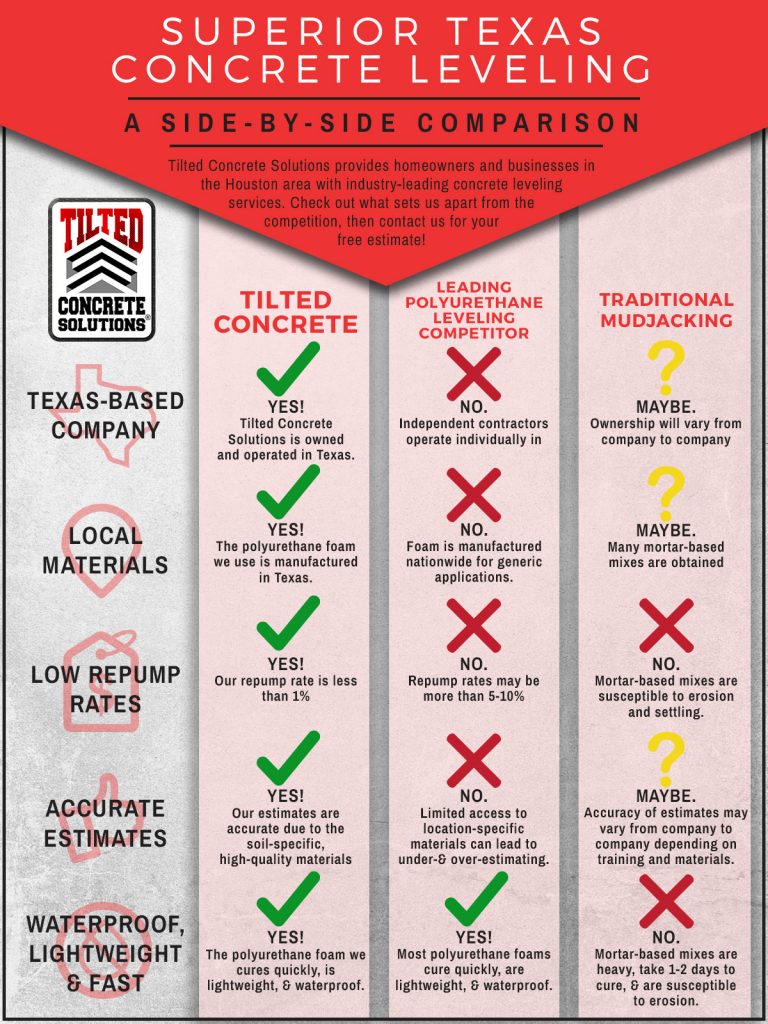Learn Just How Climate Aspects Can Influence The Success Of Your Outside Painting Job And Achieve A Remarkable Coating
Learn Just How Climate Aspects Can Influence The Success Of Your Outside Painting Job And Achieve A Remarkable Coating
Blog Article
Authored By-Reilly Morin
Comprehending just how weather conditions can affect the result of an external painting venture is critical for achieving a remarkable coating. From temperature level variations modifying paint adhesion to moisture degrees impacting drying times, each component of weather plays a significant role in the success of your task. In addition, wind rate and rainfall can present unanticipated difficulties that may jeopardize the top quality of the final result. As we browse through the subtleties of climate's influence on exterior painting, it ends up being obvious that careful planning and calculated timing are essential for making sure a professional and sturdy outcome.
Ideal Temperature Level Range for Paint
When taking into consideration outside paint tasks, the excellent temperature level array plays a crucial function in accomplishing ideal outcomes. Paint in the best temperature level problems makes certain that the paint adheres appropriately to the surface, dries out evenly, and remedies effectively. Typically, the suggested temperature range for exterior paint is in between 50 to 85 levels Fahrenheit.
Paint in temperature levels listed below 50 levels Fahrenheit can bring about problems such as bad paint bond, long term drying times, and an enhanced chance of fracturing or peeling.
On https://www.bobvila.com/articles/how-to-hire-painting-and-drywall-repair-near-me/ , painting in temperatures above 85 levels Fahrenheit can cause the paint to dry as well rapidly, bring about blistering, bubbling, and an uneven coating.
To accomplish the very best results, it is vital to inspect the weather forecast prior to beginning an external painting project. Ideally, goal to repaint throughout mild weather conditions with modest temperatures and low humidity levels.
Impacts of Moisture on Paint Drying
Humidity degrees dramatically affect the drying process of paint applied to exterior surfaces. High moisture can extend the drying out time of paint, causing potential concerns such as trickling, streaking, or perhaps the formation of bubbles on the repainted surface. helpful resources in the air decreases the evaporation of water from the paint, preventing the treating procedure. This is especially bothersome for water-based paints, as they rely on dissipation for drying out.
On the other hand, low moisture levels can likewise impact paint drying out. Incredibly completely dry problems might trigger the paint to completely dry too quickly, bring about poor bond and a harsh surface. In such instances, including a paint conditioner or splashing a great mist of water in the air can aid manage humidity degrees and improve the painting result.
To guarantee ideal drying out problems, it is a good idea to repaint when the humidity levels range in between 40% and 50%.
Monitoring moisture degrees and taking appropriate steps can help attain a smooth and sturdy paint coating on outside surfaces.
Wind and Precipitation Factors To Consider
Wind speed and precipitation are important aspects that significantly impact the success of an external painting task.
When it involves wind, both speed and instructions are vital considerations. High wind speeds can trigger paint to completely dry as well promptly, leading to a subpar finish with possible issues like fracturing or unequal structure. Furthermore, wind can lug debris that might abide by the wet paint, leading to flaws. Consequently, painters need to intend to work with days with light to moderate winds for optimum painting conditions.
On the other hand, precipitation, whether rain or snow, can be incredibly destructive to the result of an exterior painting task. Moisture from precipitation can hinder paint bond, triggering peeling off and bubbling over time. It is crucial to stay clear of painting during rainy or snowy weather to make certain the long life and high quality of the paint work. Painters must additionally allow enough time for the surface to completely dry extensively after any kind of rainfall before starting or returning to the paint process.
Final thought
In conclusion, weather conditions play a substantial role in the end result of an external painting project. The excellent temperature level variety, humidity degrees, wind rate, and rainfall all add to the success or failing of the paint work.
It is necessary to think about these aspects and strategy accordingly to make certain proper paint bond, drying out times, and overall quality of the ended up product.
